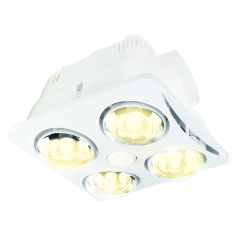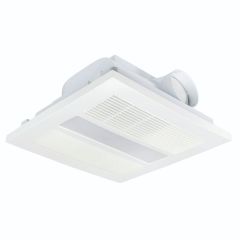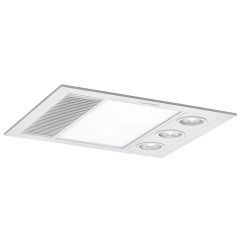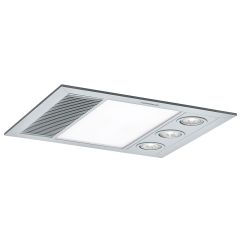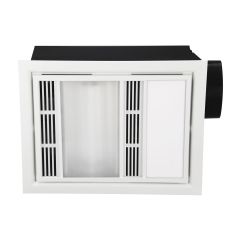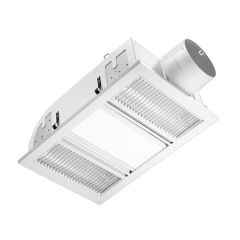Fan Heaters: These are ideal for small rooms or as a personal heater that can warm the air quickly. Some designs allow you to choose cooling, making them ideal for summer. Fan heaters are affordable and suitable for households that have a limited budget.
Radiant Bar Heaters: Unlike fan heaters, radiant bar heaters radiate heat outwards through the bars built into the heater. They are suitable to heat people and objects directly in a small space. Similar to fan heaters, the price range is affordable for those on a tight budget.
Convector Heaters: These are electric-powered heaters that operate by taking in cold air, circulating it through the heater, and emitting warm air out. This type of heater is as portable as fan and radiant bar heaters and comes in different shapes and sizes. However, they are generally more expensive than fan and radiant bar heaters.
Oil-Filled Heaters: These heaters have a column design that produces heat throughout the columns using oil within the heater. The benefit of oil-filled heaters is that they continue to produce heat over a period, even after they turn off. They are available in all shapes and sizes, operate silently, and are similar in price to radiant and convector heaters. However, they are more expensive compared to other types of heaters.
Gas Heaters: There are two options available for this type of heater – existing gas within the property or LPG heaters for those without natural gas. For a fixed gas heater, a flue pipe vents emissions out of the home using gas that already exists in the house. For a portable gas heater, opt for an LPG heater. Gas heaters are generally more expensive than electric heaters and will not be affected when there is a blackout.
Reverse Cycle Air Conditioners: Air conditioners nowadays have a heating feature, giving buyers the flexibility to cool down in summer and keep warm in winter. There are many variations of these types of air conditioners available to suit your home surroundings. They can be expensive to purchase, but the technology in these units delivers long-term electricity cost savings.
















